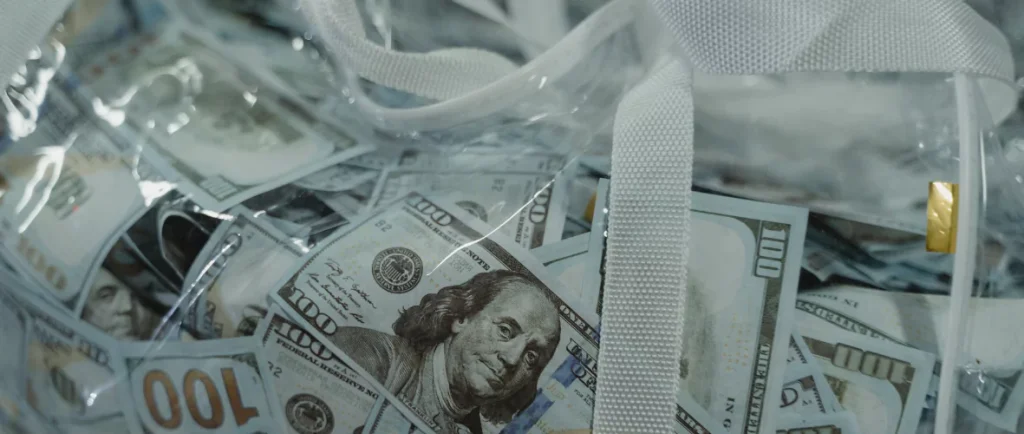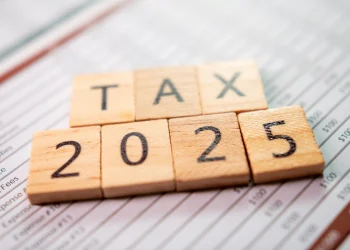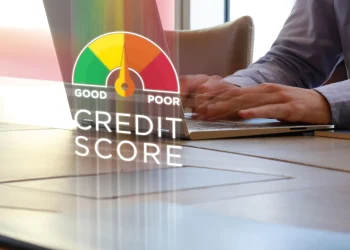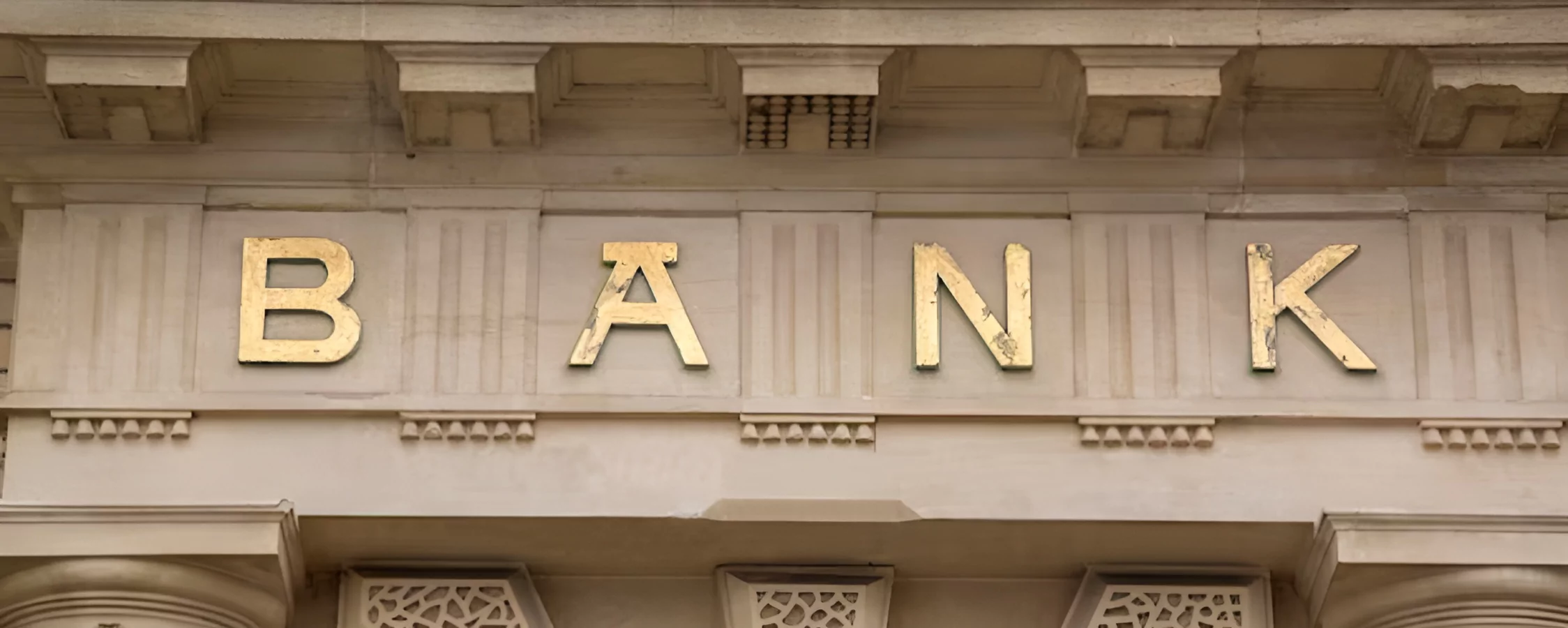Let’s be real for a second. Life has a funny way of throwing curveballs when we least expect them. One day you’re cruising along, and the next—BAM!—your car’s transmission gives up, your fridge decides to become a minimalist oven, or you get a letter that makes your stomach drop. These aren’t hypotheticals; they’re inconvenient truths of adulthood. But what if you had a financial airbag? A cushion that lets you handle these shocks without spiraling into debt or panic? That, my friend, is the unparalleled power of building an emergency fund.
This isn’t your grandma’s dusty old savings advice. The world has changed, and our financial strategies need to evolve with it. This complete guide is your modern handbook for building an emergency fund that’s not just a vague idea but a robust, actionable reality in 2025. We’re going to move beyond the “why” and deep into the “how,” with strategies that fit into your actual life. So, grab a coffee, get comfortable, and let’s build your financial peace of mind together.
Why Building an Emergency Fund is Your #1 Financial Priority
Think of your financial life as a video game. Paying off debt and investing are like upgrading your weapons and armor—they help you advance and conquer. But your emergency fund? That’s your health bar. Without it, even a small enemy (like a flat tire) can be a game-over screen. It’s your first and most critical line of defense.
An emergency fund is a dedicated pile of cash, stashed away in a safe and accessible place, designed exclusively for genuine, unexpected emergencies. We’re talking job loss, major medical bills not fully covered by insurance, urgent home repairs, or critical family emergencies. It is not for a spontaneous vacation, a Black Friday sale, or funding your cousin’s new artisanal pickle startup.
The psychological benefit is just as massive as the financial one. Knowing you have a safety net transforms how you move through the world. It reduces anxiety, gives you the freedom to make clear-headed decisions in a crisis, and prevents you from reaching for high-interest credit cards that can sink you deeper into a hole. It’s the foundation upon which all other financial stability is built.
The 2025 Emergency Fund Target: How Much is Enough?
You’ve probably heard the old mantra: “save three to six months of expenses.” It’s classic advice for a reason, but in 2025, a one-size-fits-all approach feels a bit outdated. Your perfect number is personal. Let’s break it down.
A good starter goal, your “beginner buffer,” is $1,000 to $2,500. This might not cover a job loss, but it will absolutely handle most common car repairs or appliance replacements without you breaking a sweat. The goal here is to get something in place to stop the cycle of using debt for emergencies.
Once that’s secured, you can level up to the full safety net. To find your number, you need to calculate your bare-bones monthly expenses. We’re talking rent/mortgage, utilities, groceries, insurance, and minimum debt payments. Forget dining out and subscription services for this calculation.
- The Stability Seeker: If you have a stable job, dual income, or strong industry demand for your skills, 3-4 months of essential expenses is a fantastic, solid target.
- The Risk Avoider: If your income is commission-based, you’re a single-income household, you’re self-employed, or your industry is volatile, 6-9 months (or even more) is a much wiser target. It gives you the runway needed to find a new opportunity without desperation setting in.
- The High-Return Investor: Once your high-interest debt (anything over 7-8%) is demolished, aggressively building an emergency fund to your full target becomes your primary mission before going all-in on investments.
The Modern Vault: Where to Stash Your Emergency Cash in 2025

Where you keep this money is non-negotiable. It must be safe, liquid, and separate. This isn’t money for gambling on meme stocks or tying up in a 5-year CD. You need to be able to access it within a day or two, without penalties or market drama.
Forget the 0.01% interest rate on your traditional big-bank savings account. The heroes of 2025 are High-Yield Savings Accounts (HYSAs). These are offered by online banks (like Ally, Marcus, or Discover) and often have interest rates that are 10-15 times higher than the national average. Your money is still FDIC-insured up to $250,000, so it’s perfectly safe, but it’s actually growing—even if just a little—while it sits there. This is the undisputed champion for your emergency fund.
Another excellent option is a Money Market Account (MMA). These often come with similar interest rates to HYSAs and sometimes even include check-writing privileges or a debit card, adding an extra layer of accessibility. The key is to ensure it’s a savings vehicle, not a money market fund that invests in securities.
Whatever you choose, make sure it’s at a different bank than your main checking account. This creates a small but crucial psychological barrier. Out of sight, out of mind. You’re less likely to dip into it for a “semi-emergency” if it requires a deliberate transfer.
Actionable 2025 Strategies for Building an Emergency Fund Fast
Okay, theory is great, but how do you actually do this? It can feel like a mountain to climb, especially if you’re starting from zero. The secret is to break it down into tiny, manageable steps. You don’t eat an elephant in one bite, and you don’t fund your safety net in one paycheck.
1. Automate Your Savings (The “Set and Forget” Power Move): This is the single most effective strategy. The moment your paycheck hits your account, have an automatic transfer scheduled to whisk away a predetermined amount into your emergency fund HYSA. Treat this transfer like a non-negotiable bill. If you never see the money, you can’t miss it. Start small—even $25 or $50 a week adds up surprisingly fast.
2. The Side Hustle Surge: The gig economy is more robust than ever. Use it to your advantage. Dedicate 100% of the income from a side hustle directly to your fund. Drive for a delivery service a few nights a month, sell unused items online, or freelance a skill you have. This creates new income streams specifically for this goal without impacting your current lifestyle.
3. The Targeted Spending Detox: Identify one or two areas of “flex” spending and do a temporary detox. Could you pause your subscription services for three months? Commit to a “no-spend” month on dining out? Every dollar you don’t spend in those categories gets immediately diverted to your savings. It’s a short-term pain for a massive long-term gain.
4. Harness the Power of Micro-Saving Apps: Apps like Acorns or Qapital can round up your everyday purchases to the nearest dollar and invest or save the spare change. While I wouldn’t rely on this alone, it’s a fantastic, painless way to generate a steady trickle of cash that can be swept into your main fund periodically. It makes saving feel like a game.
5. The Windfall Windfall: Tax refunds, work bonuses, birthday cash, or even that $20 you found in an old jacket—don’t let it disappear into your general spending. Pledge to direct any and all unexpected cash windfalls straight into your emergency fund. It’s found money that can supercharge your progress.
What Truly Qualifies as an “Emergency”?
This is where discipline comes in. Your fund has one job: protect you from financial disaster. It is not a slush fund. A great litmus test is to ask yourself three questions:
- Is it unexpected? (You didn’t know your water heater was on its last legs).
- Is it necessary? (A new transmission is necessary; a new car stereo “because it was on sale” is not).
- Is it urgent? (It needs to be addressed now to prevent further damage or hardship).
If the answer to all three is a resounding “yes,” then you have permission to use your fund. And when you do, your next financial priority becomes rebuilding it back to its full strength.
The Finish Line: A Future of Financial Confidence
Building an emergency fund is the ultimate act of self-care and financial maturity. It’s you telling the universe, “I see your curveballs, and I’ve got a mitt.” It’s not the most glamorous part of personal finance—you won’t get the same dopamine hit as watching a stock soar—but its value is immeasurable. It’s the quiet confidence that allows you to sleep soundly at night, knowing that you are the author of your financial story, no matter what plot twists come your way.
Start today. Don’t wait for the “perfect time,” because it will never come. Open that high-yield savings account, set up a tiny automatic transfer, and take that first, powerful step. Your future, more secure self will thank you for it.













